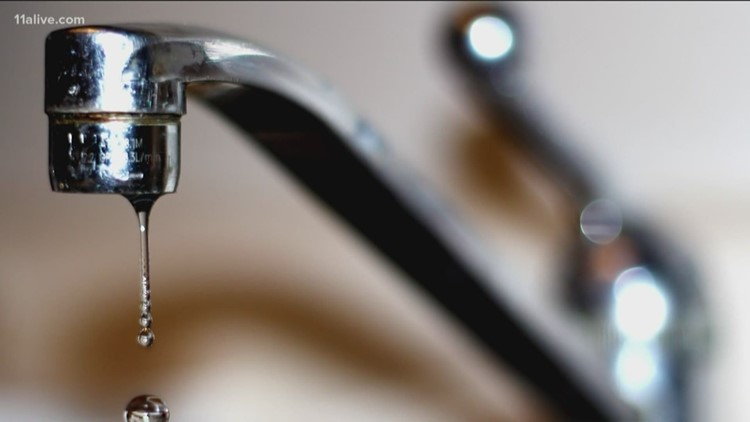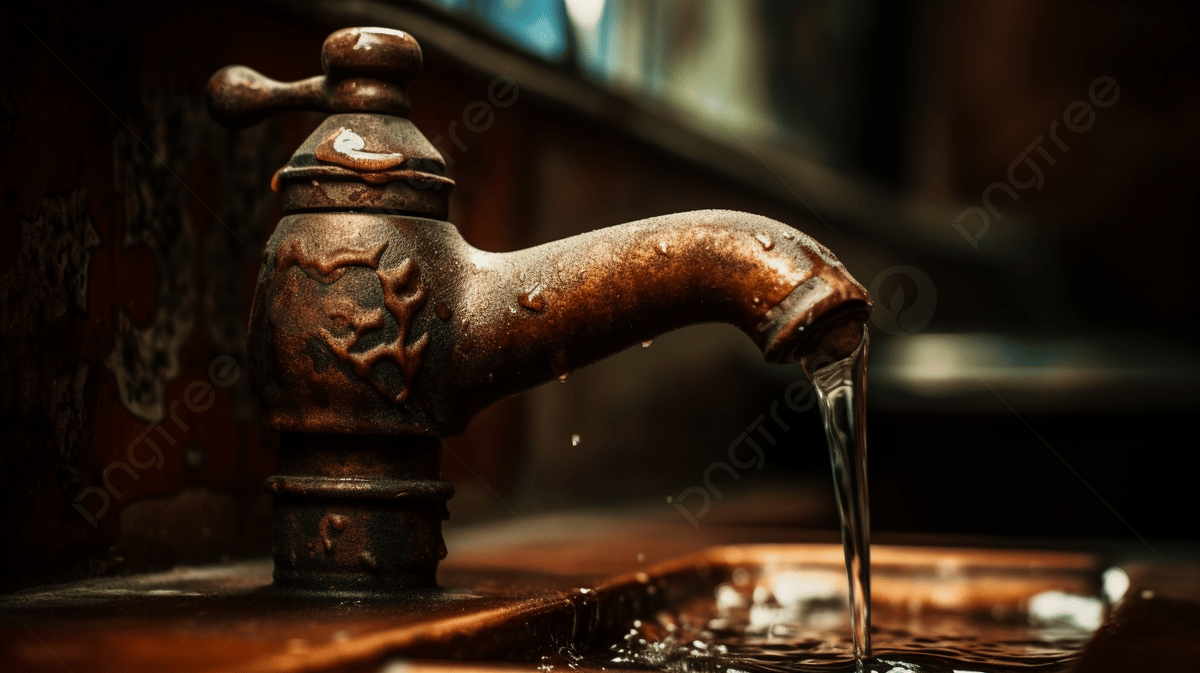Your Results of Avoiding a Leaky Faucet
Your Results of Avoiding a Leaky Faucet
Blog Article
What are your beliefs on Causes and Consequences of a Leaky Faucet?

Intro
A dripping tap could feel like a small aggravation, but its consequences extend far past the periodic drip. Recognizing the results of a dripping tap is vital for both house owners and the atmosphere. In this short article, we'll explore the various influences of this typical household concern and why resolving it quickly is important.
Causes of Leaky Faucets
Dripping faucets can arise from a variety of variables, including damage, high water pressure, and deterioration. In time, the consistent use of taps can lead to worn-out seals and gaskets, creating leaks to establish. In addition, excessive water pressure can place strain on plumbing components, resulting in leakages. Deterioration and rust can likewise compromise faucet parts, making them prone to leak.
Water Wastefulness
One of one of the most significant consequences of a leaky tap is water wastage. Also a tiny drip can add up to gallons of drainage with time. This not only increases water bills but likewise adds to water deficiency and ecological destruction. Addressing leaking taps quickly is critical for conserving this precious resource and lessening its effect on the world.
Financial Impact
Along with wasting water, leaking faucets can likewise have a significant economic influence. Enhanced water bills are a straight consequence of water wastefulness, setting you back property owners numerous dollars every year. Moreover, the cost of repairing water damage brought on by leaks can be substantial, particularly if left ignored for a prolonged period.
Environmental Effect
The environmental impact of leaky faucets expands past water wastefulness. By saving water, house owners can contribute to broader initiatives to alleviate water scarcity and protect all-natural ecological communities. Sustainable alternatives such as rain harvesting and water-efficient fixtures can better decrease the ecological footprint of house water usage.
Technical Solutions
Developments in modern technology have caused the development of smart faucets and water-saving tools that help reduce water wastefulness. Smart taps use sensing units to detect movement and change water circulation as necessary, decreasing waste without compromising ease. Water-saving tools such as aerators and low-flow showerheads are also effective in conserving water without endangering efficiency.
International Viewpoints
While leaking faucets may look like a localized concern, they add to more comprehensive international difficulties such as water shortage and climate change. In areas already facing water stress, every decrease counts, making leak avoidance and repair work essential. By taking on water-saving practices and buying sustainable modern technologies, house owners can play their part in resolving these pressing international issues.
Governing Measures
Government guidelines play an important duty in mitigating the impact of leaking taps and advertising water conservation. From building codes that need water-efficient fixtures to water-saving rewards and discounts, policymakers have a series of devices at their disposal. By implementing and imposing these policies, governments can guarantee that homeowners prioritize water preservation in their day-to-days live.
Area Influence
Attending to leaking faucets calls for cumulative efforts at the community degree. By increasing awareness about the value of water conservation and supplying resources for leakage detection and repair, neighborhood authorities can equip house owners to take action. Campaigns such as water-saving rebate programs and leakage detection projects can incentivize behavior adjustment and promote accountable water usage.
Situation Researches
Real-life examples of the influence of leaking taps emphasize the significance of positive upkeep and prompt repairs. From water damage to escalating water costs, the effects of ignoring leaks can be severe. By sharing these case studies, homeowners can much better recognize the significance of addressing dripping taps without delay.
Educational Campaigns
Educational projects play a vital function in increasing awareness concerning the results of leaking faucets and advertising water conservation techniques. Through workshops, workshops, and online resources, house owners can learn just how to discover and fix leaks themselves. By encouraging individuals with expertise and tools, academic projects can foster a culture of liable water usage within neighborhoods.
Wellness Concerns
Leaky faucets can develop helpful settings for mold and mildew and mold growth, posing health and wellness dangers to owners. The presence of mold can exacerbate respiratory issues and allergies, particularly in vulnerable individuals. In addition, water damages arising from leaks can jeopardize the structural honesty of structures and result in costly repairs.
Do it yourself vs. Expert Repair work
When faced with a dripping faucet, homeowners usually dispute whether to attempt repair services themselves or hire a specialist plumber. While DIY fixings can save cash, they may not always attend to the hidden issue properly. Professional plumbing professionals have the competence and tools to diagnose and repair leakages appropriately, ensuring long-lasting options and satisfaction for homeowners.
Preventive Measures
Avoiding leaking faucets requires regular upkeep and aggressive actions. Straightforward jobs such as changing worn-out washers and seals can avoid leaks from establishing. Furthermore, upgrading to top quality fixtures and reducing water stress can aid extend the lifespan of taps and decrease the risk of leakages.
Verdict
To conclude, the effects of a leaking tap extend much beyond the occasional drip. From water wastefulness and enhanced water bills to wellness issues and ecological effect, the consequences of ignoring leaks can be substantial. By dealing with dripping taps quickly and embracing water-saving techniques, house owners can mitigate these effects and add to a more sustainable future.
Why You Shouldn’t Ignore a Leaky Faucet in Your Home
What Causes a Leaky Faucet?
Various factors can cause a leak, from loose and worn-out parts to corrosion. Your faucet has four essential components from which most plumbing issues will stem: the O-ring, the valve seat, the washer and the gasket.
What Is an O-Ring?
The O-ring is a stem screw that fastens parts of the faucet in place, preventing water from leaking out of the spout. Depending on your faucet type, the stem might have multiple O-rings. Water will drip from the faucet’s handles and base if this part breaks or deteriorates.
What Is a Valve Seat?
The valve seat controls the flow and temperature of the water. Found at the base of the handle, it works as a seal for the faucet’s stem. The valve seat ensures the water is allowed to flow or is blocked as the handles dictate. You’ll know it’s malfunctioning when water leaks from your faucet’s sides.
What Is a Gasket?
The gasket is found between the water inlet and the valve stem. It creates a seal between the faucet and the sink, holding its joints by aerators attached to the stem’s head. Water will trickle out from the base if the gasket isn’t working.
What Is a Washer?
The washer secures the handles and prevents leakage, serving a similar purpose to the O-ring. While the O-ring is ordinarily round and made from an elastic material, such as rubber, the washer is square-shaped and composed of brass, copper and other hard metals. If it malfunctions, corrodes or has been improperly installed, water will leak out of the handles, causing that incessant faucet drip.
Why Is a Leaky Faucet Dangerous?
A leaky faucet left alone for too long can have significant consequences.
Pest Infestations
Since bugs and rodents gravitate towards the scent of water, a leaky faucet will draw pests to your sink. Both are looking for leaks accessible through crawl spaces, which a faucet provides. If you leave water dripping for too long, you run the risk of an infestation.
Rust
If one of the faucet parts has started to corrode, the resulting rust can spread to your pipes and valves with startling speed. The rust might even lead to cracks or other impairments, resulting in more severe plumbing issues.
Your sink could also sustain damage from a leaky faucet. The water in your tap possesses sparse elements of calcium and iron that can stain your sink with repeated and prolonged exposure. Once those elements in the water have been open to the air for some time, your sink will start to rust, creating marks that can be difficult to remove.
https://www.tomsmechanical.com/blog/why-you-shouldnt-ignore-a-leaky-faucet-in-your-home

Hopefully you liked our post on . Many thanks for spending some time to read through our piece of content. Are you aware of somebody else who is fascinated about Health Risks Posed by Leaking Faucets? Take a moment to share it. I love your readership.
Report this page